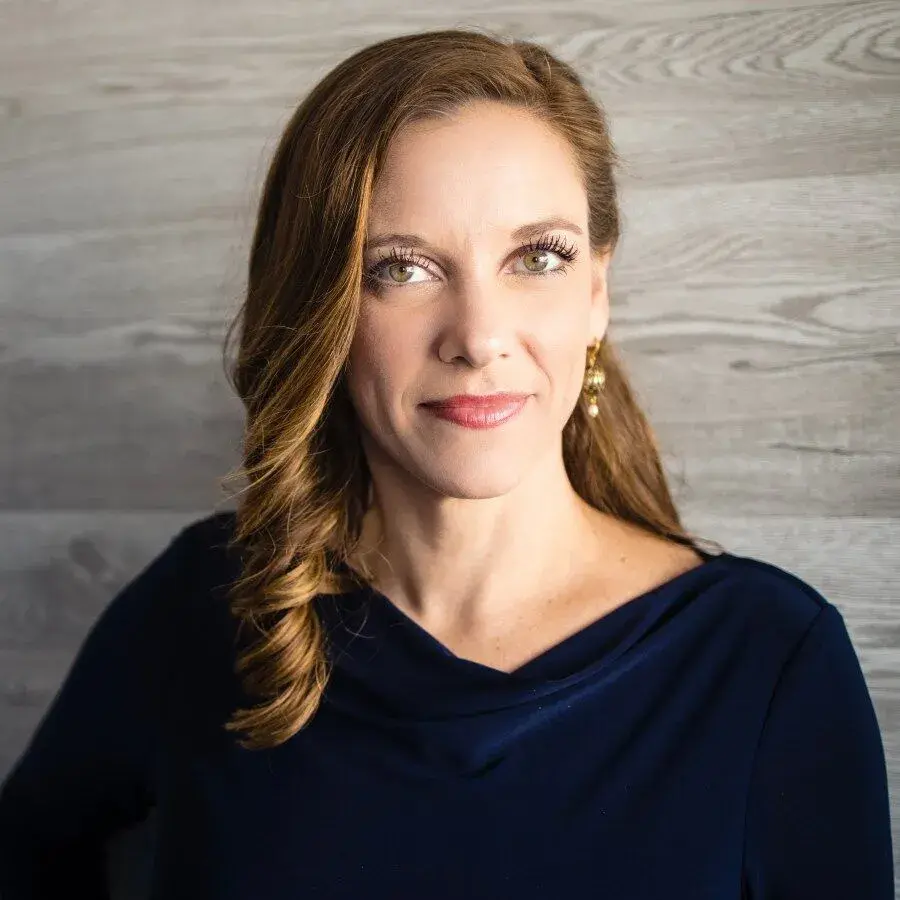Catherine Foster
May it please the court. In 2000, the FDA approved a two drug abortion regimen, Mifepristone and Misoprostol. The FDA concluded that the drugs could not be safely used without special measures and limited the approved use to seven weeks gestation. Prescribers needed to be licensed doctors able to diagnose ectopic pregnancies and determine gestational age, and doctors were required to provide ongoing in-person care. The day one in-person administration of the first drug, day three in-person administration of the second drug. And day 14 visit to check for complications. The FDA included a black box warning to alert women that surgical intervention may be necessary and inform them of what to do in the event of an emergency, noting that access to emergency care was critical. In 2016, the FDA eliminated the day three and day 14 visits and increased the maximum gestational age from seven to 10 weeks.
They also eliminated the requirements that prescribers be doctors and report serious non-fatal adverse events to the agency. The piecemeal analysis they engaged in relied on studies that included safety measures like ultrasounds that were emitted under the labeled conditions of use and didn’t rely on any study that addressed the comprehensive changes. Now, by ’21, there was already a push to offer chemical abortion drugs through telemedicine. COVID accelerated that. And in December ’21, the FDA made permanent what had started as a temporary exception, removing that last day one in-person dispensing requirement. The FDA continued to identify emergency medical care, not providers as the backstop for complications. The FDA failed to consider the ramifications and failed to explain why they seem to make a decision counter to the evidence. They justify the removal of all these protections based on the availability of emergency care coverage.
Now, many women believe something has gone wrong when they take chemical abortion drugs. In an average period, a woman loses two to three tablespoons of blood over four to five days. In a chemical abortion, the average is almost nine tablespoons of blood over more than two weeks. And these are averages. Standard deviation is high. So roughly for about a quarter of women, it’s basically an ordinary period. For about half, it’s average for a chemical abortion, six to nine tablespoons. But for the last quarter, it’s a lot more, from 10 to 24 tablespoons. In terms that we can understand, a sugar packet is one teaspoon, three teaspoons and a tablespoon. So for an average period, two to three tablespoons, you rip open maybe six or nine of those packets. Average chemical abortion, 18 to 27 of those. And for that last quarter of women, 30 to 72 sugar packets.
Now, most women who get abortions, almost half of the total in America are in their twenties. So statistically they’ve had at least a hundred periods. By then, you have a pretty good idea of how your cycle works. So let’s take Emma, young woman, 21 senior at a state college, swimmer. Her period’s late. There’s a, a plus on the little stick. So she calls her local women’s clinic where she gets birth control and they schedule a telehealth appointment. She clicks the link on her phone. They ask her some questions, whether she wants surgical or chemical. Chemical. It’s easy, convenient, take a couple pills and get a heavy period like it never happened. The pills come in the mail. She takes the first drug, she waits, takes the second, the cramping starts. NBD, she’s had cramping, but it doesn’t stop, doesn’t let up. It’s bad. She takes the painkillers she takes for period cramps, hoping that that’s okay now, but they’re getting worse and she’s starting to bleed.
Wants to check with the doctor, but he’s hundreds of miles away, ’cause remember it was just a quick video chat and she’s used to that three or four-day period. But this is different. Day 7, 8, 9, cramping and bleeding. And she can’t use a tampon or a cup. So now she can’t swim until it stops. This is not what she thought of when she was told heavy period. This is gigantic. She didn’t expect this. And she’s passing clots, plot, products of conception, maybe sees an embryo, maybe even the size of a cherry and starts to panic. At a hospital or clinic, there are regulations and procedures for disposal of human remains, but Emma doesn’t know whether to flush all this, what to do, and it’s a lot to clean up.
The FDA says, women can deal with this, the physical, mental, and emotional stress at later embryo gestational ages without being given the full information. So it’s not surprising that one in 25 women of the hundreds of thousands who take abortion drugs each year, end up in the emergency room, especially when the FDA itself direct the women to ERs. Chemical as opposed to surgical abortions carry a greater risk of hemorrhage, greater risk of sepsis, and the FDA expanded the gestational age, cut the relationship with the woman’s doctor and fails to educate women. So of course we get more ER visits and the data backed that up. There’s lack of education in there’s fear, and women aren’t the only ones harmed here. Our already taxed healthcare system is being stretched to its breaking point. And the FDA is throwing up procedural roadblocks. This is why respondents sued.





















JOIN THE CONVERSATION